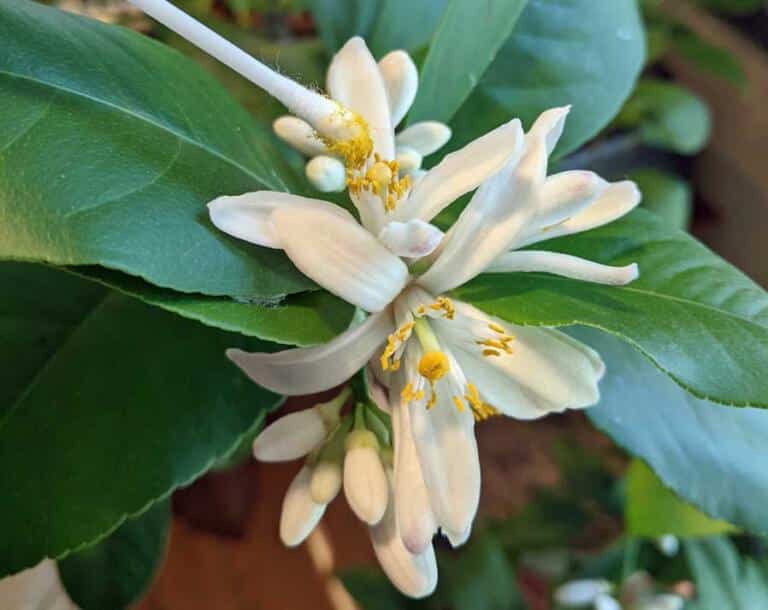
Meyer lemon skin#
Not actually a true lemon tree, the fruit is rounder and larger than the lemons we buy in the grocery store-but it’s sweeter and can carry its own weight in a lemon meringue pie! Then there’s the skin which can be candied and baked in a luscious lemon bread. Just be sure they have space around them so that if the fruit falls it doesn’t kill any neighbors. Since it’s a small tree, it can find itself in a niche, created by two flower beds, especially if they remain unshaded throughout the day. Meyer is a compact, spiny, evergreen shrub with ovate leaves, fragrant white flowers and rounded orange-yellow fruit to 8cm across. Gently remove the tree from the container and loosen matted roots.

For dwarf varieties, keep in the original pot. Transplant the tree to a well-draining pot one size larger than the original container.

Choose a location that receives up to 12 hours of sun daily. Meyer lemons are a thin-skinned hybrid fruit, part lemon. Meyer lemon trees can be grown outdoors in USDA hardiness zones 9 through 11. It does well in Orlando’s climate and, of course the scents are heavenly. If you havent heard of a Meyer lemon before, youre missing out on this farmers market favorite. You can expect the fruit to bear in about four years, or so. It's important to keep the soil moist throughout spring and summer as the Meyer lemon establishes.Fragrant blooms show their beauty repeatedly throughout year, but tree can bear fruit year around if grown on its own roots and in a climate without frost (or in a pot). When new leaves begin to appear in spring, start feeding every 1-2 weeks with a fast acting liquid plant food such as Yates Thrive Natural Citrus & Fruit Liquid Plant Food, which will encourage healthy new growth. After planting your new tree, water it in well. You can also grow a dwarf Meyer lemon in 40cm diameter (or larger) pot filled with Yates Premium Potting Mix. It has a low canopy with a typical clearance of 2 feet from the ground, and is suitable for planting under power lines. Choose a sunny spot with well-drained soil and mix some Yates Dynamic Lifter Soil Improver Plant Fertiliser into the soil in the bottom of the planting hole. Improved Meyer Lemon will grow to be about 10 feet tall at maturity, with a spread of 12 feet. In addition to the bright yellow fruit, Meyer lemons also have glossy green leaves and sweetly perfumed white flowers in spring, so they're both beautiful and delicious.Īs the weather warms up in late winter and early spring, it's time to plant your very own Meyer lemon. The lemons were then introduced into the United States in the early 20th century through Frank Meyers and were named in honor of the well-known plant explorer. Thought to be a cross of a lemon and a mandarin, the fruit has an orange cast, a thin rind, and a heavily perfumed flesh that's valued by chefs. They'll thrive in all but the coldest areas and do best in a spot that receives at least 6 hours of sunshine a day. Meyer lemon trees were first used as an ornamental house plant in China and were highly valued for their fruits, evergreen foliage, productive nature, and aromatic scent. Layers of thinly sliced Meyer lemons lend a mellow complexity to this otherwise classic dessert.

Meyer lemon trees have glossy, dark green leaves and fragrant white blossoms that are purple at the base. If you grow your Meyer lemon tree in a garden pot, it will grow according to the size of the pot and be smaller. Meyer lemon trees can grow up to 5m tall or around 2.5m for dwarf grafted trees, which are ideal for growing in smaller spaces and also pots. Standard Meyer lemon trees grow to be 6-10 feet tall, while the dwarf variety grow to be 5-7 feet. Meyer's decorative golden yellow, slightly rounded juicy fruit is sweeter and less acidic than other lemons, such as Eureka and Lisbon, so is perfect for juicing.


 0 kommentar(er)
0 kommentar(er)
